Jean-Honore Fragonard (1732-1806)
Get a Fragonard Certificate of Authenticity for your painting (COA) for your Fragonard drawing.
For all your Fragonard artworks you need a Certificate of Authenticity (COA) in order to sell, to insure or to donate for a tax deduction.
Getting a Fragonard Certificate of Authenticity (COA) is easy. Just send us photos and dimensions and tell us what you know about the origin or history of your Fragonard painting or drawing.
If you want to sell your Fragonard painting or drawing use our selling services. We offer Fragonard selling help, selling advice, private treaty sales and full brokerage.
We have been authenticating Fragonard and issuing certificates of authenticity since 2002. We are recognized Fragonard experts and Fragonard certified appraisers. We issue COAs and appraisals for all Fragonard artworks.
Our Fragonard paintings and drawings authentications are accepted and respected worldwide.
Each COA is backed by in-depth research and analysis authentication reports.
The Fragonard certificates of authenticity we issue are based on solid, reliable and fully referenced art investigations, authentication research, analytical work and forensic studies.
We are available to examine your Fragonard painting or drawing anywhere in the world.
You will generally receive your certificates of authenticity and authentication report within two weeks. Some complicated cases with difficult to research Fragonard paintings or drawings take longer.
Our clients include Fragonard collectors, investors, tax authorities, insurance adjusters, appraisers, valuers, auctioneers, Federal agencies and many law firms.
We perform Jean-Honore Fragonard art authentication. appraisal, certificates of authenticity (COA), analysis, research, scientific tests, full art authentications. We will help you sell your Jean-Honore Fragonard or we will sell it for you.
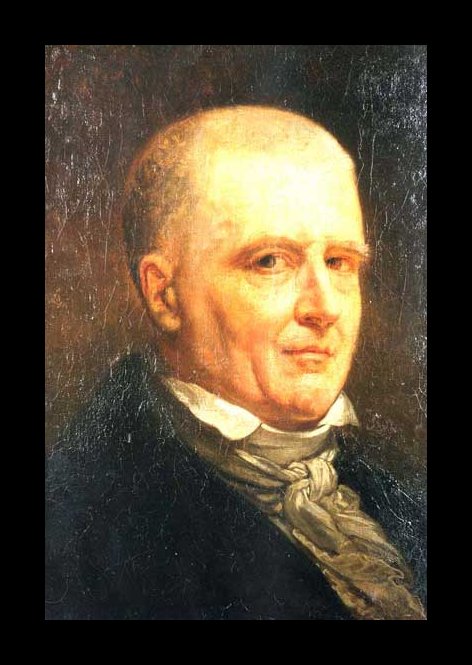
Jean-Honore Fragonard is remembered as a painter of dandy, lighthearted Parisians during the pre-Revolutionary era. Although Fragonard did not receive academic artistic training, he was able to study under great masters of the time such as Boucher, Van Loo and Chardin. He showed such promise, even as a young artist, that he won the Prix de Rome in 1752, and would eventually move to Rome to stay at the French Academy in 1755.
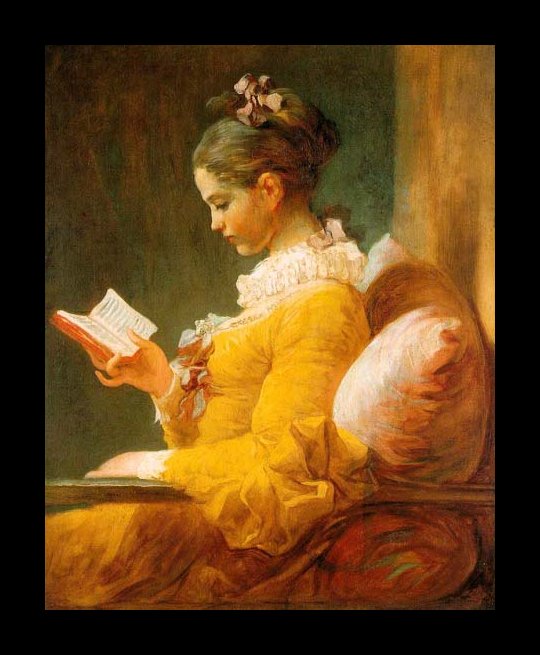

It is said that it was during his stay at the French Academy in Rome that Fragonard became inspired by the gardens, fountains and mystical landscaping that would become a major part of his oeuvre.
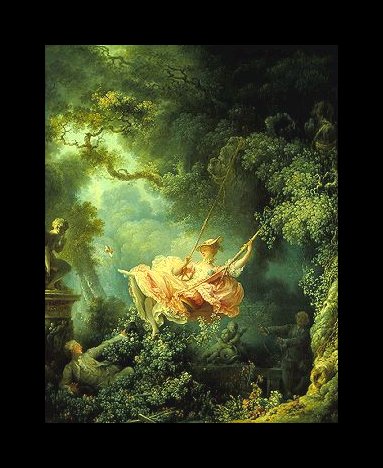
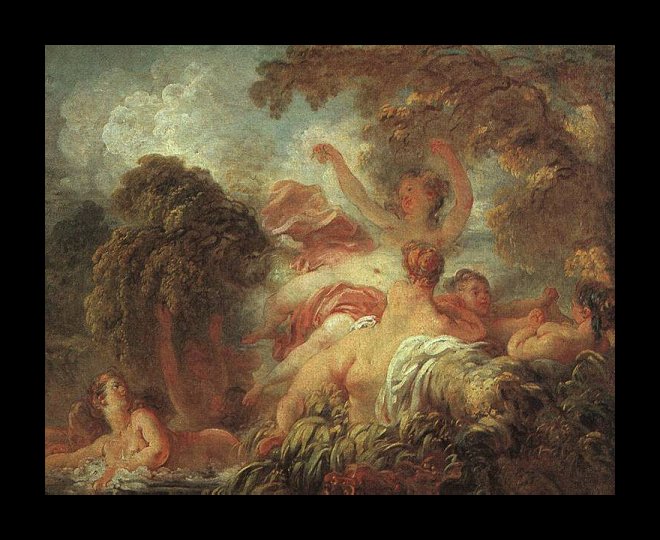
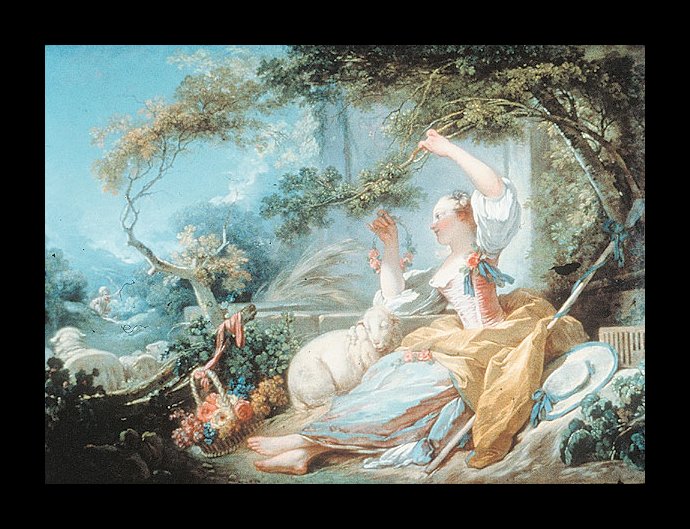
While in Rome, he studied under Tiepolo, and much of his work included mythological or historical figures as well as landscapes.
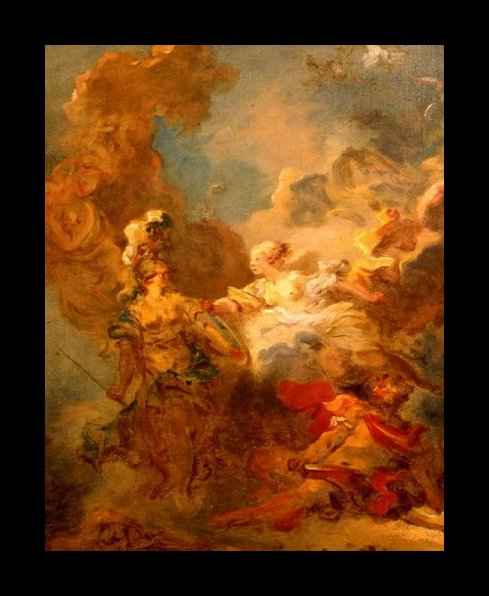
Upon Fragonard’s return to Paris, he began to gain many patrons, including the Madame de Pompadour. He was accepted into the Academy in 1761, and continued to paint pictures of wealthy Parisians flamboyantly engaged in the light and airy high life.
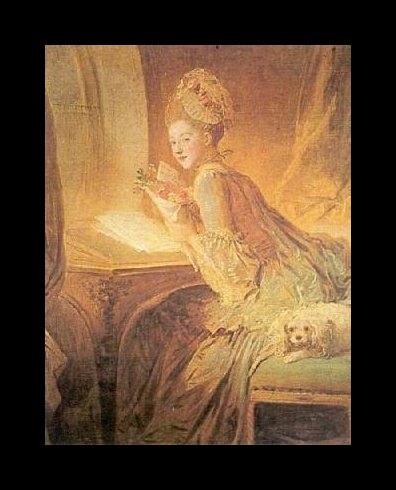

Fragonard continued to find relative success painting interiors, family portraits and receiving commissions until the onset of the Revolutionary War.
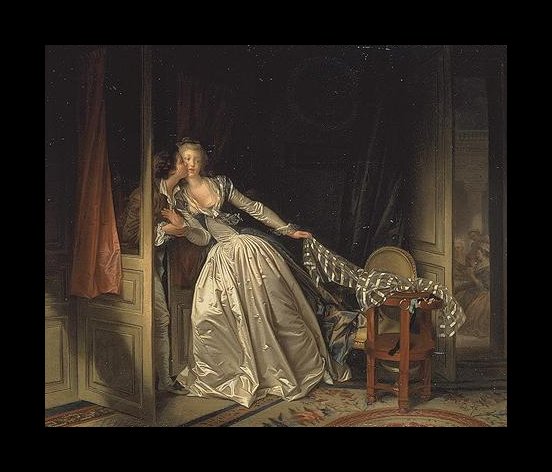
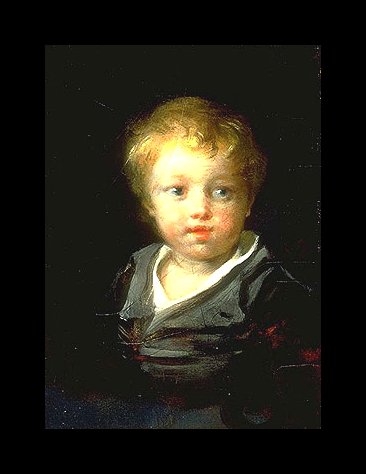
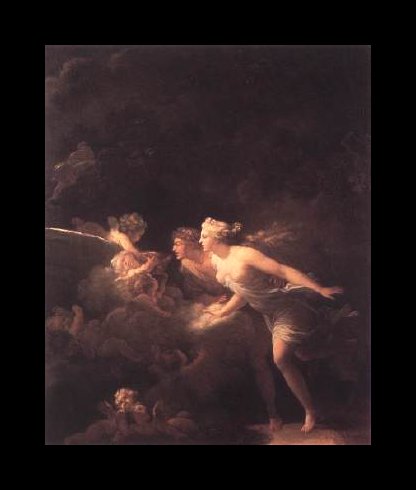
Sadly, after the war, Fragonard no longer had a place in the contemporary art community. Art had become somber after the war and new art techniques were arising. His fun and whimsical style had become outdated and his patrons no longer sought him out. Fragonard died in poverty and relative obscurity shortly after being evicted from his apartment in 1806.
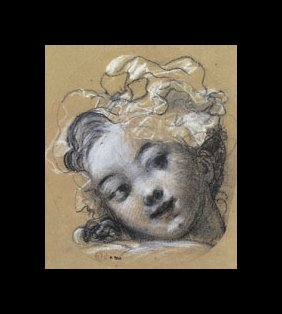
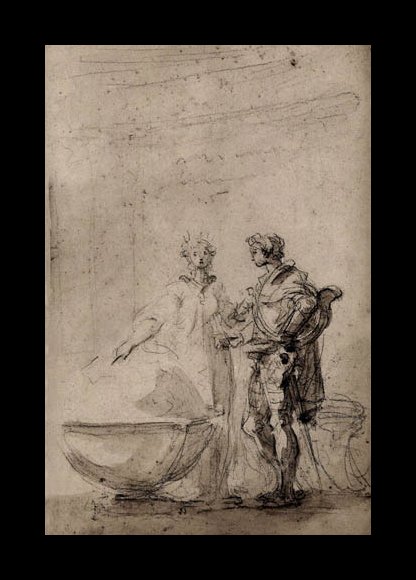
Today, Fragonard finally receives the recognition that he deserved in life, and has been called one of the most original and brilliant painters of the 18th century. He is often compared to Rubens in the treatment of his models and subjects, and his work has become a major representative of the Lois XVI era in France. Today his work is housed in the Louvre and other collections in New York, Chicago and Boston…and perhaps even in your own home.
